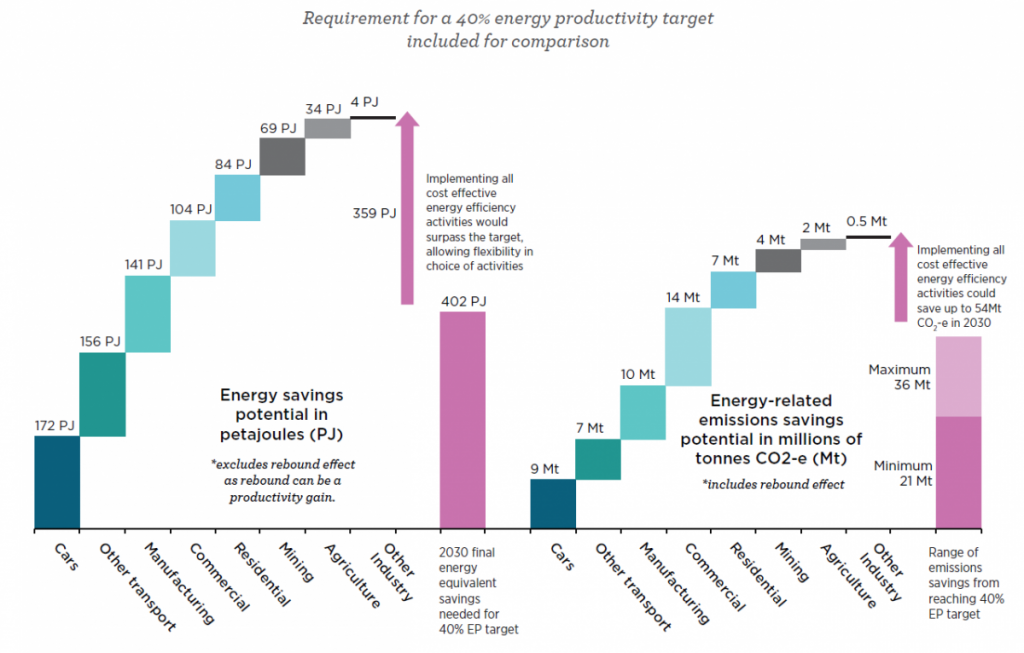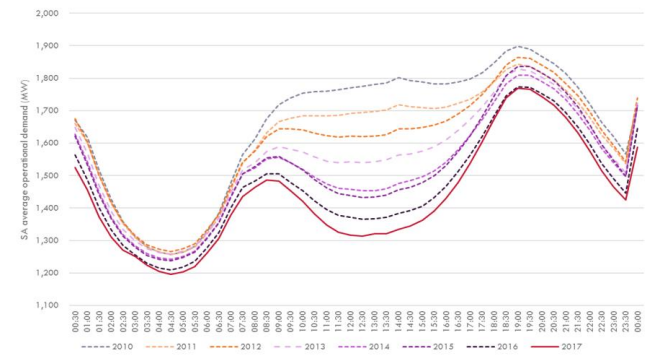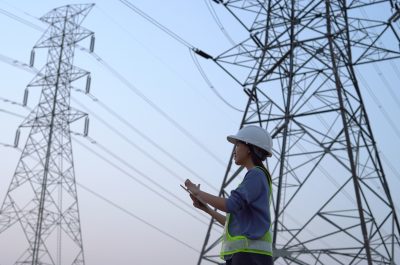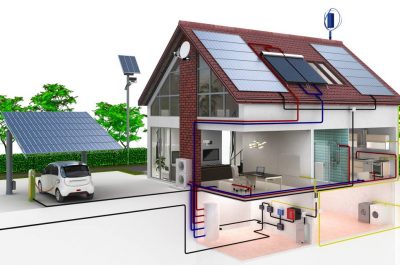What are zero-net energy homes?
Some time ago, COAG Energy Council published the National Energy Productivity Plan (NEPP)[1]. The purpose of this plan was to improve Australia’s energy productivity by 40 per cent between 2015 and 2030 and it identified opportunities to do so in many sectors.

Figure 1: Potential energy and emissions savings by sector (Source: National Energy Productivity Plan, 2015)
Potential energy savings from commercial and residential buildings were estimated at 188 PJ. This is massive as it represents the electricity used in about 8 million homes.
Following the release of the NEPP, the Commonwealth Department of Energy and the Environment led a consultation process in 2018 to develop a pathway to reduce energy usage and emissions from new buildings. This proposed a goal of zero-net energy and carbon buildings beyond 2028. The final report was approved by COAG Energy Ministers in February 2019 and the Australian Building Codes Board (ABCB) was charged with its implementation.

Figure 2: A potential trajectory for low energy homes (Source: COAG Energy Council, Report for Achieving Low Energy Homes, December 2018)
Improving building efficiency
The main drivers to increase energy efficiency of buildings is that they are long-lived assets with limited cost-effective upgrade opportunities once they are built. Specifying stronger energy efficiency requirements up front should save homeowners money by lowering energy bills and reducing emissions from energy used in the home.
The ABCB will consider different elements of residential homes to improve their energy efficiency. These elements are:
- Thermal comfort
- Annual energy use budget
- Space conditioning
- Heater water systems
- Lighting
- Pool and spa pumps
A technology neutral approach – based on appliance performance – is being adopted by the ABCB. The specification for space conditioning is stated as:
Equivalent coefficient of performance to 5-star gas heating of 4-star electric space conditioning.
While the specifications for hot water systems are:
Equivalent to 5-star instantaneous or a climate appropriate heat pump hot water system.
Both these sets of appliances are readily available on the market.
Energy Budget
An energy budget is a concept used to determine how much energy a home uses. The ABCB works this out as an annual energy budget, representing the total energy used by the appliances and services in the home over 12 months. Of course, this is very subjective as the extent of appliance usage depends on the number of people living in the house and their behaviours.
One outcome of the work the ABCB is doing to implement the plan is to set energy budgets for new homes across the country.
Owners will need to design and build their homes to meet this energy budget – for example by upgrading insulation to offset required heating and cooling.
Two energy budget options are being proposed.
Option 1 – net-zero regulated energy
This option would incorporate on-site renewable energy to offset the energy used in all aspects of the home. This would create buildings which have “zero-net” energy. Under this option, the total annual energy consumption of the building and its appliances would be calculated. Then renewables would need to be installed to offset the total energy required. This offsetting mechanism is generally how businesses and cities can claim their electricity use is 100 per cent renewable.
This option requires some clarifications:
- Australia now has more rooftop solar installed per capita than anywhere else in the world. The electricity system faces growing challenges as more of these systems are installed on homes and businesses. Higher levels of rooftop solar will change the dynamics of the demand on the grid with lower demand in the middle of the day and electricity flowing back into the grid from these distributed resources. From an emissions perspective it is unclear whether fully renewable electricity from rooftop solar exported to the grid (which may be constrained in future) during the day and then the same amount of electricity being used from the grid at night (when the grid emission factor is unlikely to be zero) actually leads to net zero emission.
- Offsetting energy from gas appliances by rooftop solar has not been done in Australia to date. This would allow households to use gas from the gas network and have that energy requirement offset with exporting rooftop solar electricity into the electricity grid during the day. This can be advantageous as gas would typically be used in the morning and afternoon peak periods when the electricity network is under strain. However, the ABCB would need to clarify whether the offsetting would be purely on energy (GJ of gas versus kWh of electricity) or whether there would be an associated emissions component comparing the emissions of the grid at different times and locations to those of the direct use of gas.

Figure 3: Impact of growing rooftop solar on electricity demand in South Australia (Source: AEMO (2018), Observations, operational and market challenges to reliability and security in the NEM)
Option 2
The second option would not incorporate on-site renewable to the same extent. This accounts for potential barriers to installing renewables on site, for example through building orientation, shading, complexity of apartment buildings and townhouses. Over time, there could be opportunities to incorporate off-site renewables. The clarifications for option 1 would need to be clarified in this case as well.
The ABCB does not explicitly recognise the potential for renewable gas, which could continue to provide home heating, hot water and cooking without the greenhouse gas emissions. While renewable gas is still some time away, an energy use budget system could allow it to offset other energy uses. This could be of benefit in buildings where installing on-site rooftop solar is impractical.
The ABCB will continue to work on these options over the next couple of years.
Whichever option is adopted, it will likely mean more stringent building codes for new residential buildings from 2022 to encourage more energy efficient, lower carbon intensive, homes. This will have multiple benefits. More energy efficient homes will help reduce consumption, especially at peak periods. This in turn reduces cost and operational pressure on networks and helps keep prices down.



